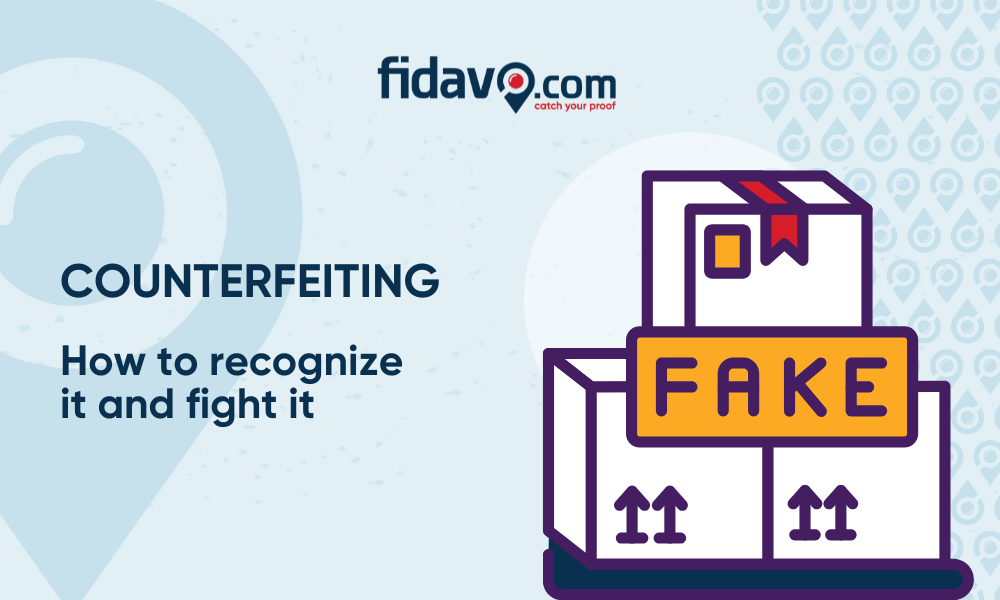Counterfeiting: how to recognize it and fight it

We often hear about counterfeiting, but few people truly understand what it is.
Some have no idea whether it is a crime or an offense, while others confuse it with forms of transgression such as piracy or alteration. Others still cannot distinguish an imitation from the original product or know how to act in case of suspected fraud.
In the following lines, we will provide a detailed overview of the topic.
What is meant by counterfeiting?
In legal terms, the Penal Code defines it as the unauthorized and complete reproduction of a registered trademark, which identifies the origin of an item (authorship). In other words, even if a fake item bears a copy of the official brand’s label, its production was not authorized by the brand itself.
This is considered a crime against public trust, and it also includes the falsification of designs, logos, patents, and other distinctive marks.
Counterfeiting primarily concerns:
- food products
- pharmaceuticals
- non-food goods (primarily clothing and detergents)
- currency
It does not include copies of CDs, DVDs, or other products at risk of copyright infringement, which is more accurately referred to as piracy.
In any case, the purpose is to obtain profit or, at least, an economic advantage.
Is a counterfeit item identical to the original counterpart?
Not necessarily: to be considered counterfeit, it only needs to resemble the original at first glance.
However, upon closer examination, you might notice differences in size, color, material type, the placement of inserts, or the presence of closures absent in the original version (and vice versa).
Difference between counterfeiting and alteration
The alteration of a trademark involves its partial unauthorized reproduction; thus, the counterfeiter mimics "only" some features, but enough to cause confusion with the original.
Even if the imitation attempt is not complete (as is the case with counterfeit goods), it is still sufficient to constitute a crime.
Examples extend beyond simply creating items with a partially copied logo and include modifying or erasing dates from stamped values and travel tickets that must be validated by machines (train or bus tickets).
Are purchasing, using, or possessing an altered or counterfeit item crimes?
The answer is no: buying an item with partial or total trademark falsifications is considered an administrative offense.
According to Law Decree 35 of March 14, 2005 (Art. 1, paragraph 7), confiscation of the item is imposed along with a fine ranging from €100 to €7,000, which increases to between €20,000 and €1,000,000 if the buyer is a professional or a merchant.
Regarding use and possession, no measures are provided, except in the case of legal tender. Possessing and circulating counterfeit banknotes or coins constitutes a crime against public trust if the person knowingly receives them or collaborates with their producers.
The penalty for currency counterfeiting is imprisonment from 3 to 12 years, plus a fine ranging from €516 to €3,098.
Mention should also be made of the use of counterfeit or altered food intended for third parties, for instance, in the catering industry. Such situations fall under food fraud, for which the Penal Code stipulates imprisonment of up to 10 years.
How to recognize a counterfeit item?
Distinguishing an imitation from an original product is becoming increasingly challenging.
Recent technological innovations enable such a high level of accuracy that even experienced consumers, professionals, and experts can be deceived.
However, identifying a forged trademark is possible through careful observation of certain details:
- saturation or alteration of colors
- anomalies in typography and designs
- different dimensions from the usual
- logo placement
Bad odors, low prices, inaccuracies in finishes, packaging that differs from the norm, low-quality materials, and inconsistent alphanumeric codes on labels are other signs that can help you recognize a counterfeit or altered item.
How to defend yourself against counterfeiting?
Detecting an anomaly in a trademark should prompt you to contact the official brand owner.
Once your suspicions are confirmed, you can reach out to the Authorities (Police, N.A.S., or the Guardia di Finanza, depending on the case) and provide detailed information about the situation.
Requesting the assistance of a private investigator is also a sensible choice, as they can collect evidence to present in court.
For more information: The Protection of Intellectual Property in the Digital Age
How can an investigative agency help you?
The assistance of a licensed private detective can help protect you from imitations and falsifications.
This applies whether you are a consumer or a vendor: counterfeiting goods harms the market and endangers customers’ health, especially when it involves food products, pharmaceuticals, or items intended for children, personal hygiene, and household cleanliness.
A skilled private investigator, using specific investigative technologies, can carry out investigations, gather evidence, draft detailed reports upon completion, and testify on your behalf in court, as needed.
All while adhering to the law and respecting privacy.
 EN
EN  IT
IT 